Cool Japanese Inventions That Changed the World
Mar 27, 2025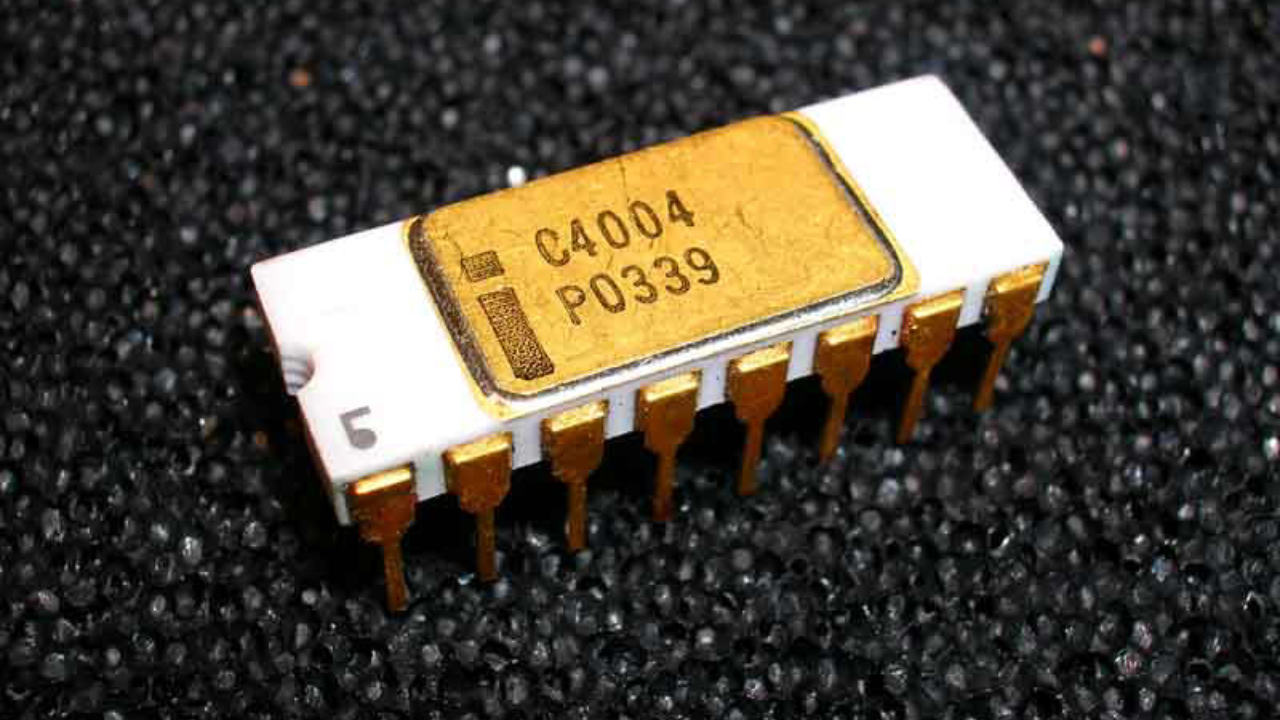
Japan is famous for its creativity and innovation. Many Japanese inventions have changed the way we live, from high-tech gadgets to everyday conveniences. Some are well-known, while others may surprise you. Let’s take a look at some of the most unexpected Japanese inventions and the inventors of Japan who made them possible.
Game-Changing Japanese Technology
Japan has led the way in tech, creating devices we now use every day.

Laptop Computer (ノートパソコン)
In 1981, Yukio Yokozawa from Seiko Epson invented the Epson HX-20, the world’s first notebook-sized computer. It was lightweight, had a small LCD screen, a full keyboard, and even a built-in printer. This invention paved the way for modern laptops.
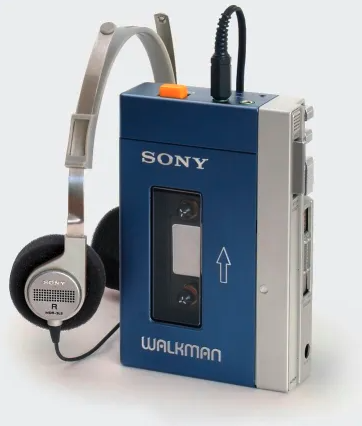
Walkman (携帯カセットプレーヤー)
In 1979, Masaru Ibuka, co-founder of Sony, wanted a way to listen to music while traveling. This led to the creation of the Sony Walkman TPS-L2, the first portable cassette player. It changed how people listened to music, allowing them to take their favorite songs anywhere.

CD Player (CDプレーヤー)
In 1982, Sony released the CDP-101, the world’s first commercial CD player. CDs provided better sound quality than cassette tapes and were more durable. This invention helped CDs become the main format for music for many years.

Camera Phone (カメラ付き携帯電話)
In 1999, Kyocera launched the VP-210, the first mobile phone with a built-in camera. It allowed users to take photos and make video calls, changing the way people communicate. Today, nearly every smartphone has a camera, thanks to this invention.
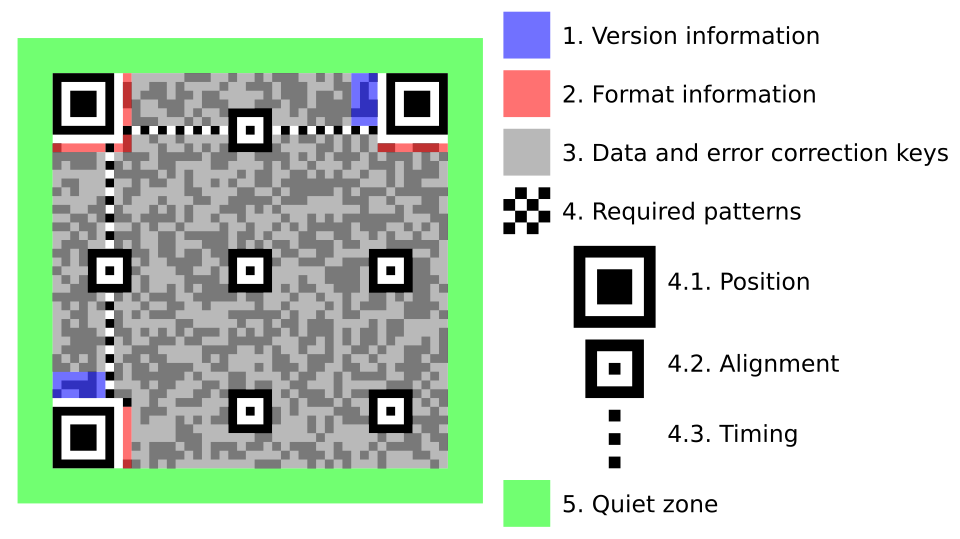
QR Code (QRコード)
In 1994, Denso Wave, a Japanese company, invented the QR code. These black-and-white square codes can store large amounts of information and can be quickly scanned with a phone. They are now used worldwide for payments, advertising, and product information.
Smart Inventions for Daily Life
Japan has also created many useful household items.

Electric Rice Cooker (電気炊飯器)
Rice is a staple food in Japan, but cooking it used to take time and effort. In 1945, Mitsubishi Electric made the first electric rice cooker. Then in 1956, Yoshitada Minami developed an improved version that turned off automatically when the rice was ready. This made cooking rice simple and convenient.

Washlet (ウォシュレット)
In 1980, Toto, a Japanese company, introduced the Washlet, a high-tech toilet with features like a heated seat, a bidet function, and even music for privacy. The Washlet is now famous worldwide and is considered one of Japan’s most luxurious bathroom inventions.
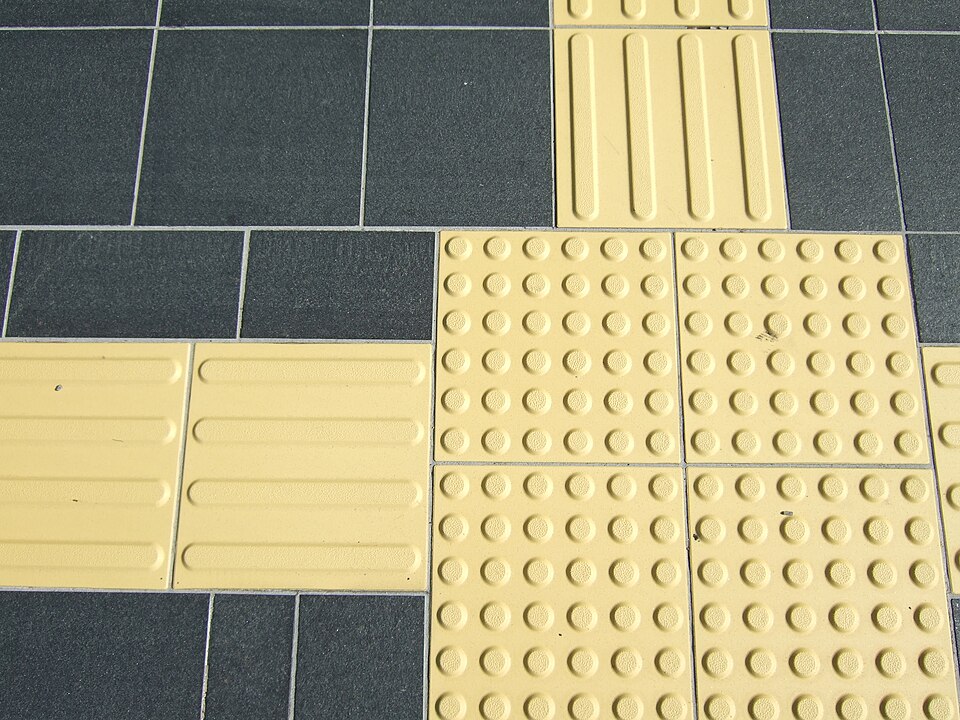
Tactile Paving (点字ブロック)
In 1967, Seiichi Miyake invented tactile paving, which consists of yellow tiles with raised bumps. These help visually impaired people navigate sidewalks, train stations, and other public spaces. Today, they are used in many countries worldwide.
Japanese Entertainment and Culture Innovations
Japan has changed the world of music, animation, and digital communication.
 Karaoke (カラオケ)
Karaoke (カラオケ)
In 1971, Daisuke Inoue, a Japanese musician, invented the karaoke machine. It allowed people to sing along to instrumental versions of songs. Karaoke became a fun activity for parties, bars, and even private rooms, and it is now popular all over the world. Read a more insightful article about Karaoke here.

Anime and Manga (アニメと漫画)
Japan has been a leader in animation and comics for many years. Manga, or Japanese comics, have a history going back to the 12th century. The word "manga" was first used in 1798. Anime, or Japanese animation, became popular in the 20th century and is now loved by fans globally.

Roland TR-808 Drum Machine
In 1980, Ikutaro Kakehashi created the Roland TR-808, the world’s first fully programmable drum machine. It became a key instrument in hip-hop, electronic music, and pop songs, shaping the sound of modern music.
Breakthroughs in Science and Medicine
Many Japanese scientists have made discoveries that save lives and improve technology.

- Blue LED (青色発光ダイオード) – In 2014, Shuji Nakamura, Isamu Akasaki, and Hiroshi Amano won the Nobel Prize for inventing blue LEDs. Before this, only red and green LEDs existed. Their discovery made white LED lights possible, leading to more energy-efficient lighting and brighter screens.
- iPS Cells (iPS細胞) – In 2006, Shinya Yamanaka developed induced pluripotent stem (iPS) cells. These are special cells that can turn into any type of body cell. This discovery is important for medical research and treatments.
- Statins (スタチン) – In 1973, Akira Endo, a Japanese biochemist, discovered statins, a type of medicine that lowers cholesterol. Statins have helped millions of people reduce their risk of heart disease.

Microprocessor
The brains behind your computer were powered by Japanese innovation. Japan’s contribution to microprocessor technology has propelled us into the digital age.
Transportation

Hybrid Electric Vehicle
Driving green? Japan leads the way with the world’s first mass-produced hybrid electric vehicle, the Toyota Prius, debuting in 1997.
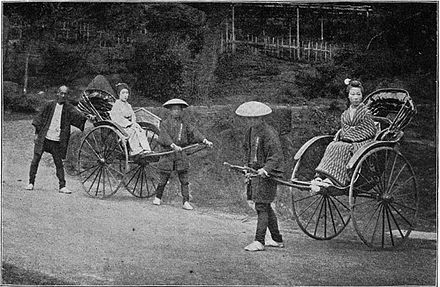
Rickshaw
Before taxis, there was the rickshaw (it called 人力車 jin riki sha in Japanese)! Introduced in Japan in the late 1800s, this human-powered vehicle became a popular way to get around in many Asian cities.
Unexpected Japanese Inventions
Some Japanese inventions may seem unusual, but they have made a big impact.

Instant Noodles (インスタントラーメン)
In 1958, Momofuku Ando, the founder of Nissin, invented instant ramen. His goal was to create a fast and easy meal that people could make just by adding hot water. Instant noodles became a global favorite, especially among students and busy workers.

Emoji (絵文字)
In the late 1990s, Shigetaka Kurita, a designer at NTT Docomo, created the first emoji. These small digital images allowed people to express emotions in text messages. Now, emojis are used in messaging apps, emails, and social media worldwide.

Fortune cookie
Bet you didn’t know this crunchy treat has Japanese roots! Originally introduced in the U.S. by Japanese immigrants, it’s now a staple at Chinese restaurants worldwide.
Your Sensei,
Hikari 👩🏻🏫
Join my ニュースレター Newsletter 📩
You can expect an email from me once a week about Japanese culture.
Don't worry, your information will not be shared.
We hate SPAM. We will never sell your information, for any reason.


